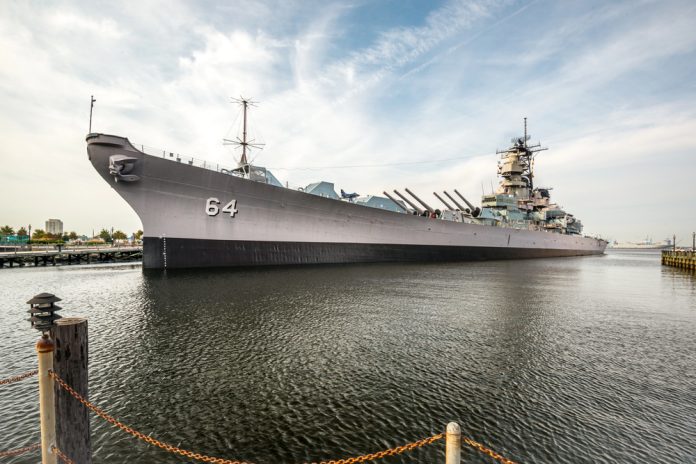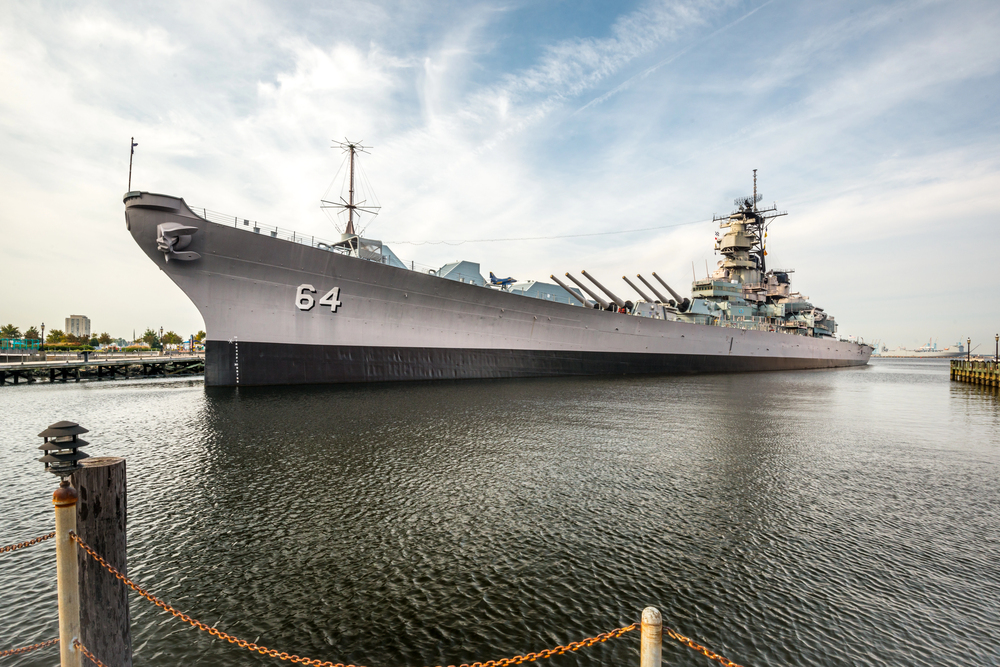
In March 1952, one North Korean shell caught the USS Wisconsin, the first time the massive battleship had been hit by enemy fire since World War II. What ensued was not only a display of raw naval might, but an experience which cemented the enduring legend of the Iowa-class battleships. For the military history and naval engineering enthusiast, the episode gives a glimpse into the pinnacle of battleship building, the brutal realities of Cold War combat, and the tale of human beings cast into gunpowder and steel.
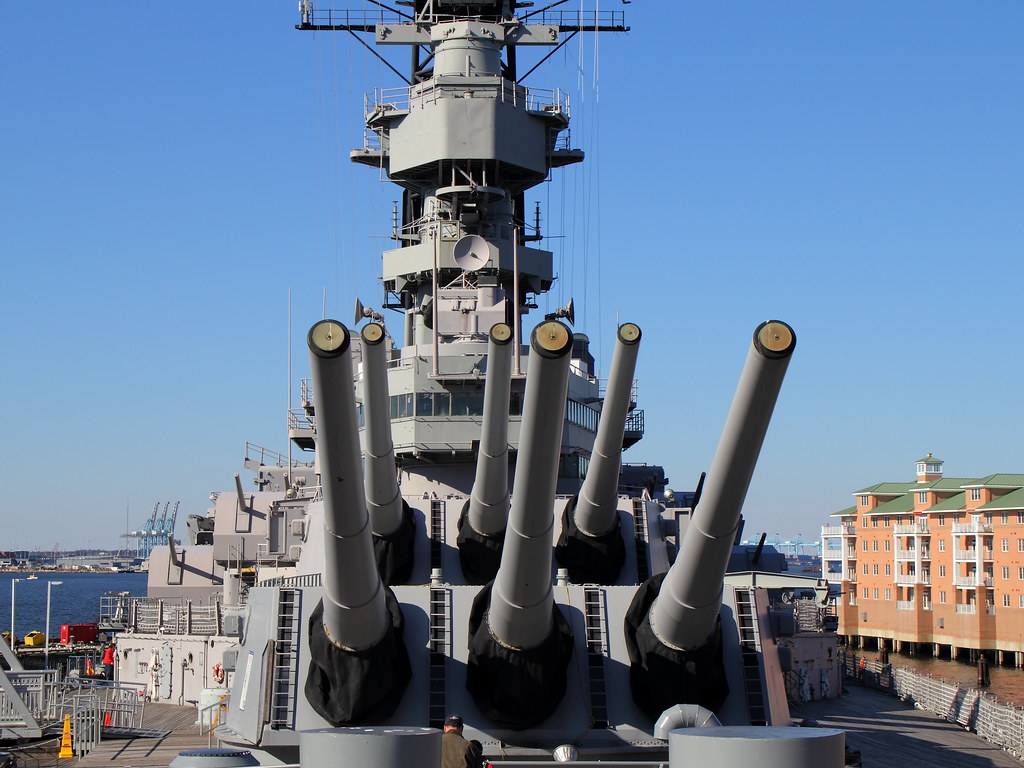
This listicle covers the day’s dramatic action, the engineering triumphs of the Wisconsin, and the legacy of her 16-inchers. From learning the facts of the exchange, to understanding the context, technical brilliance, and enduring impact of one of the last great battleship actions in history, readers will discover it all.
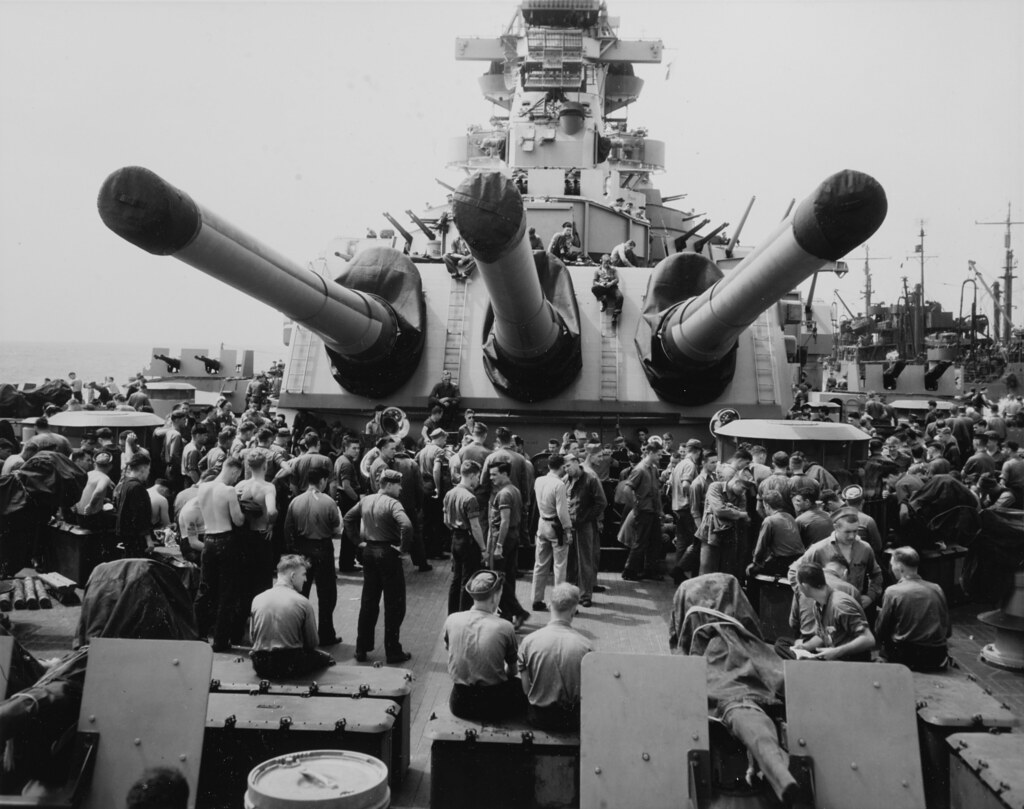
1. The Day a Battleship Was Hit and Hit Back Hard
At 15 March 1952, the USS Wisconsin had been on a bombardment mission off the coast of North Korea, striking vital railways and supply routes. The battleship’s guns had just destroyed an enemy troop train and collapsed a tunnel, severing a vital enemy conduit. But this aggressive foray alerted a North Korean 155mm battery in Dojo-ri. Four shells were fired at the Wisconsin; three of them sailed wide of the mark, with one landing on the starboard deck near a 40mm anti-aircraft gun. It was the first direct hit on the ship since her launching in 1943 a rare achievement for any shore gun fired at a passing warship as big as she.
The shell struck the ship superficially because of the armored heaviness of the ship, but three sailors were struck by shrapnel. The crew moved intelligently and quickly. Spotters quickly located the enemy battery, and the main guns of the Wisconsin prepared for a deadly retort.
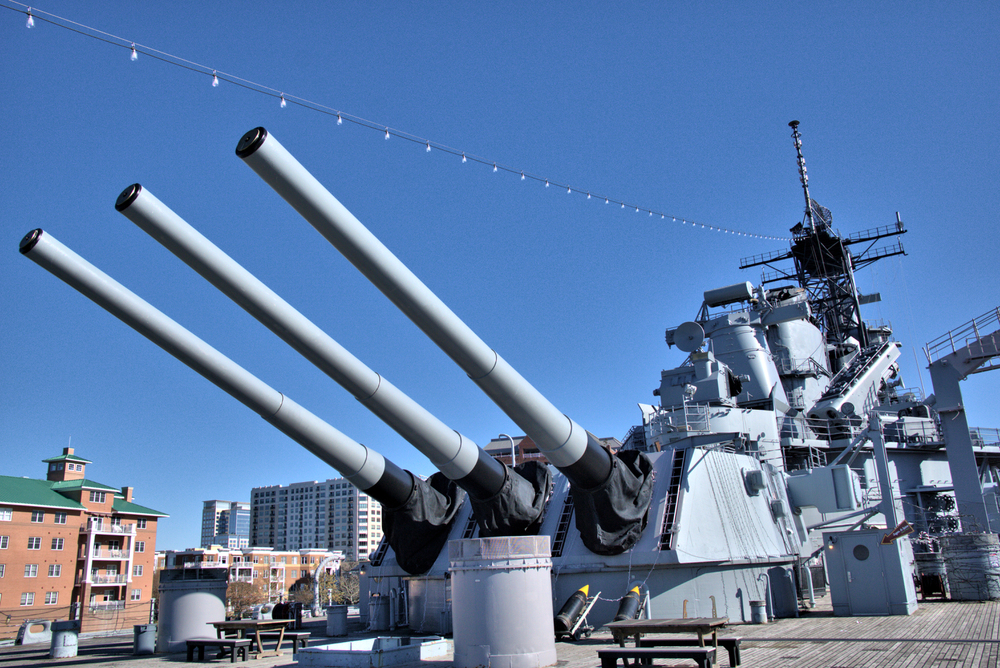
2. The 16-Inch Mark 7 Guns: A Pinnacle of Naval Artillery
The Wisconsin’s main armament was nine 16-inch/50 caliber Mark 7 guns, among the most advanced and powerful ever mounted on a battleship. Each had the range to shoot a 2,700-pound armor-piercing shell 20 miles, the equivalent of even the Japanese Yamato’s 18.1-inch guns for destruction but with greater efficiency and accuracy. As detailed technical reports indicate, the weapons were capable of penetrating reinforced concrete a maximum of 32 feet thick, and a single high-capacity shell created a crater 50 feet in diameter and 20 feet deep.
Their build was an engineering wonder: built-up construction, chromium-plated bores to withstand heavy use, and advanced fire control systems that made them the most precise battleship guns ever produced. In the Korean War, they demonstrated their continuing utility during a period when missiles were beginning to dominate conventional naval firepower.
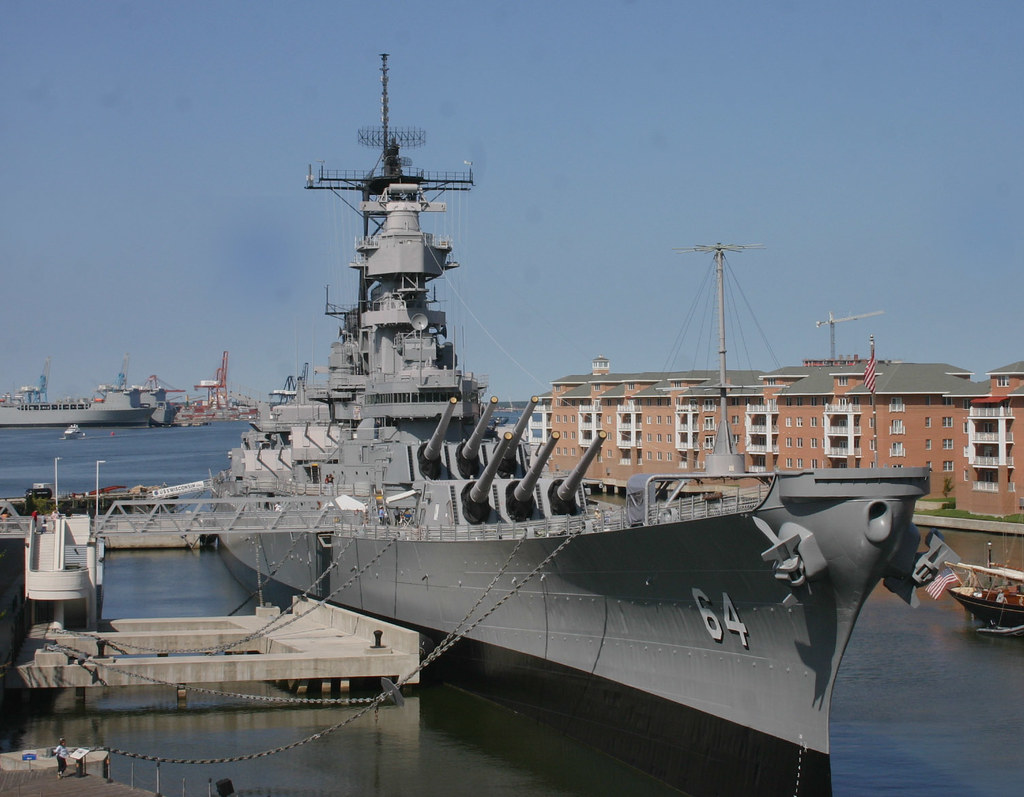
3. Armor That Survived the Test of War
The Iowa-class battleships boasted an advanced armor system, which combined the treaty limit with the requirements for survivability. Wisconsin’s belt armor stood at 12.1 inches, 19-degree slope, and was reinforced by several layers of high-strength steel. The deck armor, comprising three main layers, was meant to detonate bombs before they reached the vital sections.
Significantly, transverse armored bulkheads of the vessel were increased to 14.5 inches in later ships of the class, including Wisconsin, after preliminary designs revealed vulnerabilities. In accord with naval armor experts, combination of belt, deck, and inner bulkheads gave an “immune zone” to enemy shells and bombs, such that a direct 155mm shell impact caused only cosmetic damage. This impenetrable covering allowed the Wisconsin to continue her task soon after being struck.
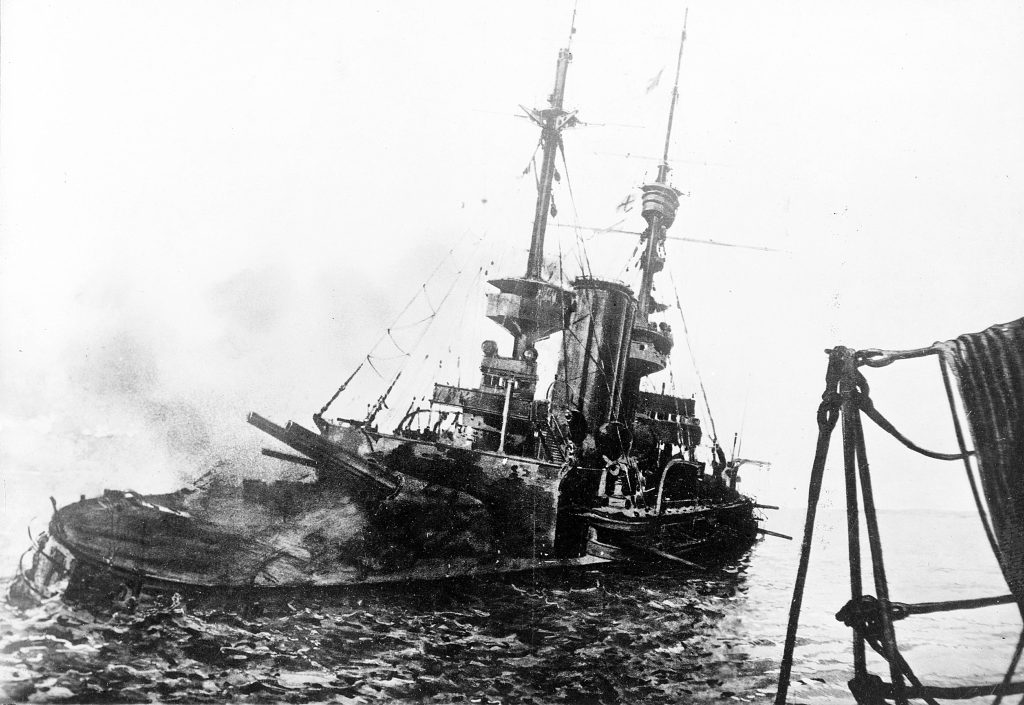
4. The One-Sided Retaliation: A Lesson in Overwhelming Force
Having located the North Korean battery, the Wisconsin unleashed all nine of her main guns in a simultaneous broadside. The effect was immediate and total: massive explosions devastated the enemy gun emplacement, leaving behind not even a smudge of the battery that had so rashly ventured out to attack.
The naked disparity of firepower was not lost on observers. USS Duncan, the destroyer accompanying Wisconsin, famously sent the telegraph message, “Temper, Temper,” a trenchant admission of disproportional response. This became a legend among sailors, illustrating the asymmetry of power available to a battleship to act against threats originating from shore.
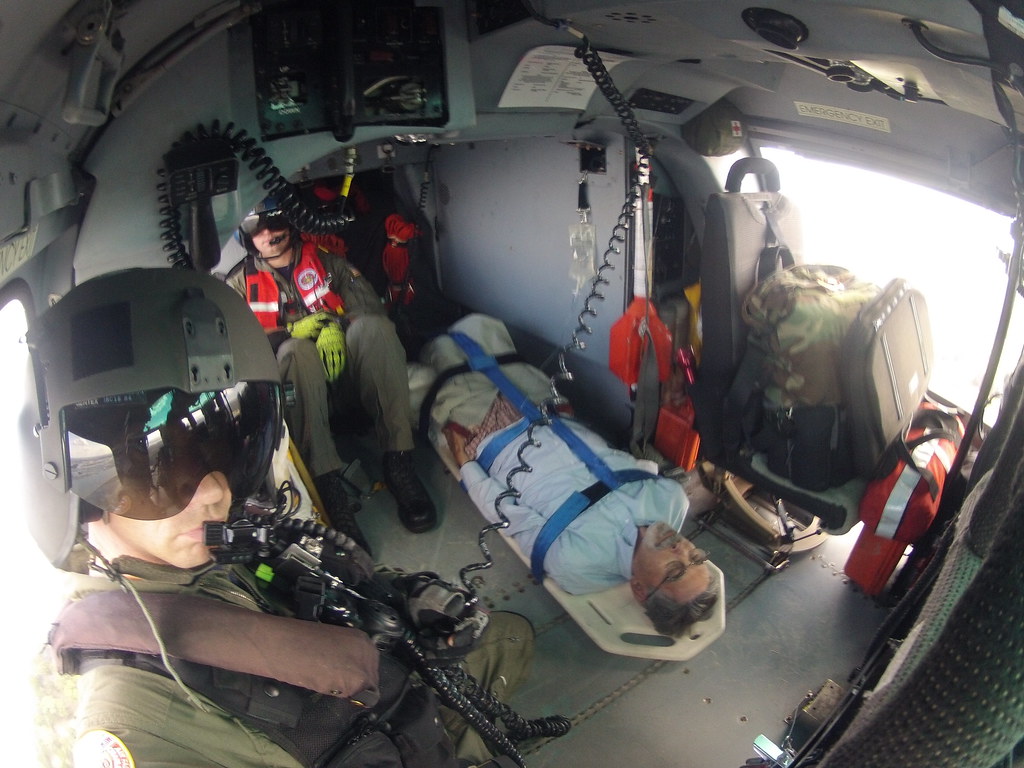
5. Human Cost and Crew Resilience
While Wisconsin’s armor protected the ship, three crew members were injured by shrapnel from the exploding artillery shell. The ship’s medical team moved quickly, treating injuries that while painful, were not life-threatening.
This incident highlights the point that even the most fortified warships were not able to entirely shield their personnel from harm. But that the crew of the Wisconsin managed to absorb the shock, treat their own, and return to duty without any interruption is an indicator of professionalism and recuperative ability that is a hallmark of life on these steel monoliths.
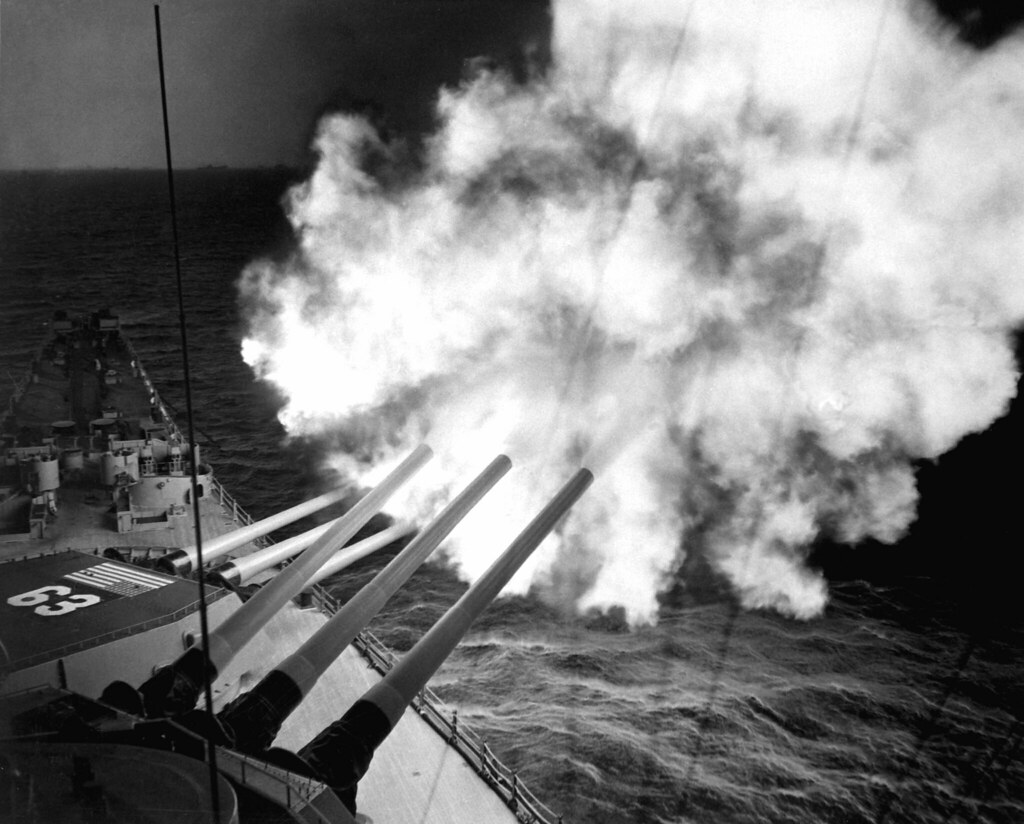
6. The Broader Context: Battleships in the Korean War
The Korean War was among the last great uses of battleships in warfare. The introduction of ships like the Wisconsin, featuring a ton of metal shells and range-extending guns, gave United Nations forces a clear winning edge in shore bombardment and interdiction. As history has shown, battleships like Missouri and Wisconsin were able to bombard targets far inland, interdict enemy supply lines, and support ground attacks in ways that smaller ships could not.
But the Korean War also underscored the changing nature of naval warfare. Air power and guided missiles would ultimately render battleships outmoded, but at the time of their presence in 1952, they were still a compelling deterrent and instrument of psychological as well as physical influence.
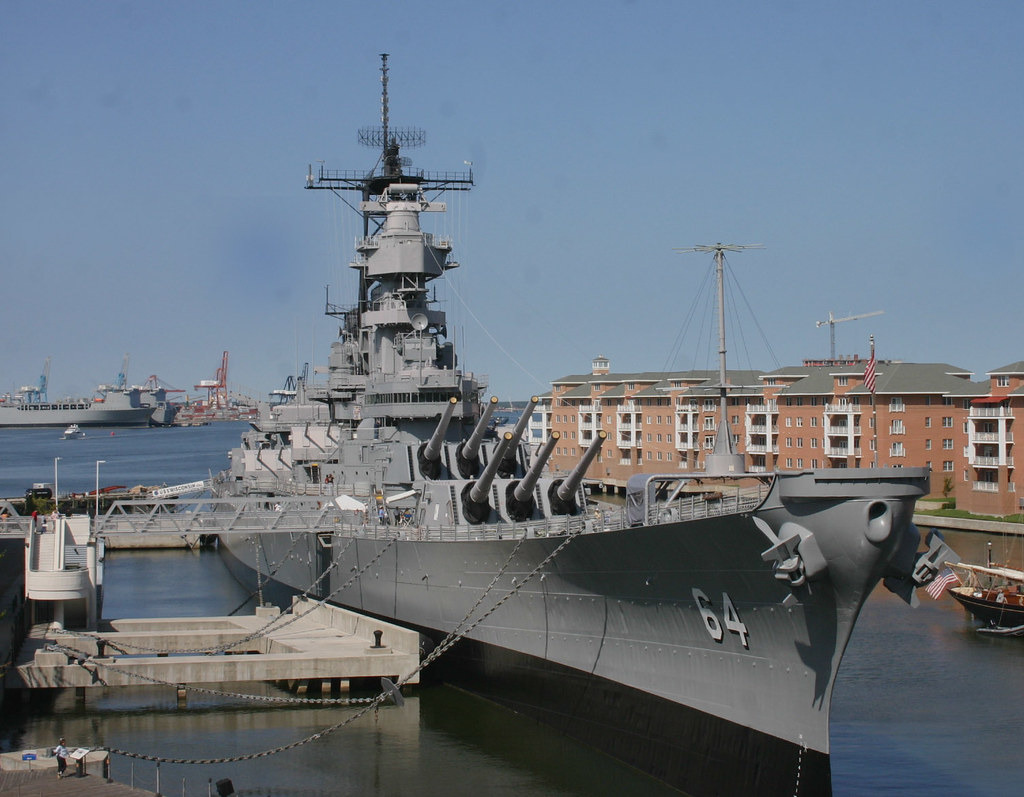
7. Legacy and Living History
After her service in Korea and later service in the Gulf War, the USS Wisconsin was retired and is now a museum ship in Norfolk, Virginia. One can walk across her decks, into her engine spaces, and stand beneath the huge barrels of her 16-inch guns an experience that makes the scale and complexity of battleship combat come alive.
The Wisconsin’s history, particularly her cinematic reaction to hostile fire in 1952, is a testament to the engineering, firepower, and human determination that characterized the final era of battleship supremacy. As naval historians point out, her legacy continues not only in steel, but in the collective memory of those who manned her and those who study the art of naval war.
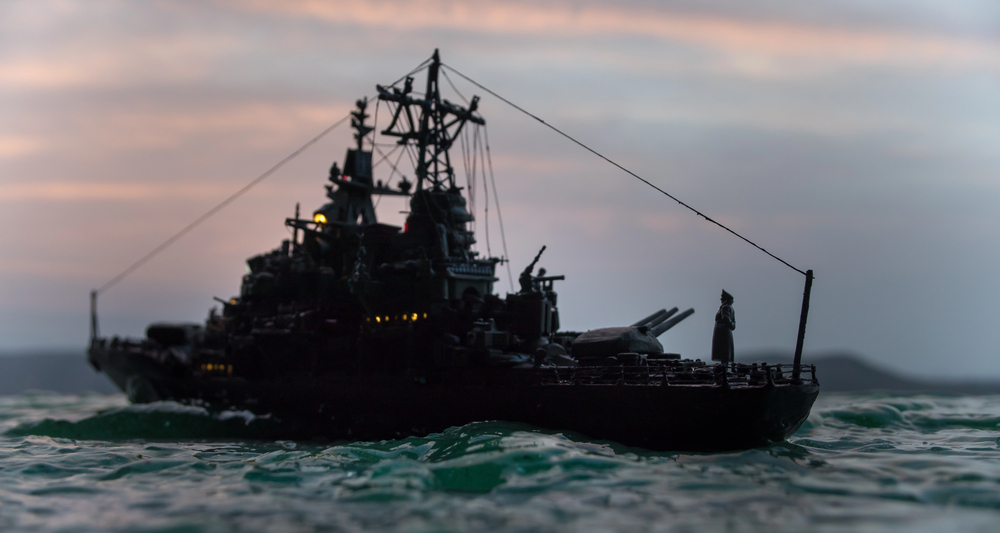
The day that the USS Wisconsin came under North Korean artillery and struck back with disproportionate force is a testament to the end of the age of battleship supremacy. For naval history buffs and engineers, it is a fascinating intersection of technology, strategy, and human drama a reminder that as the world transitioned into new forms of combat, the lessons and legends of the great battleships remain.
